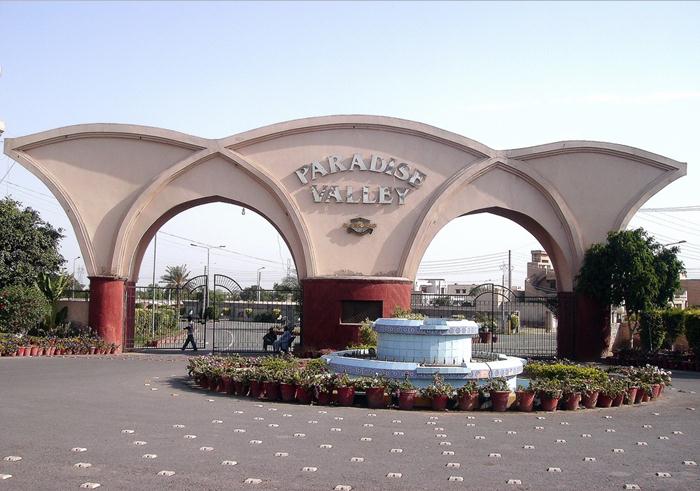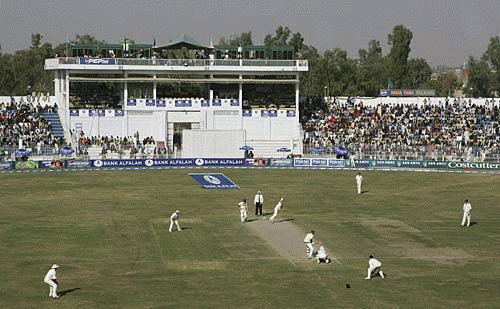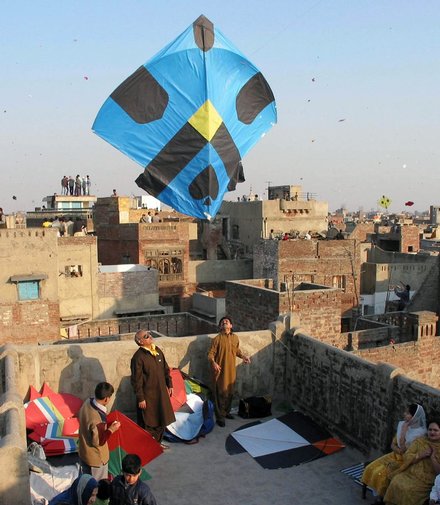Sargodha


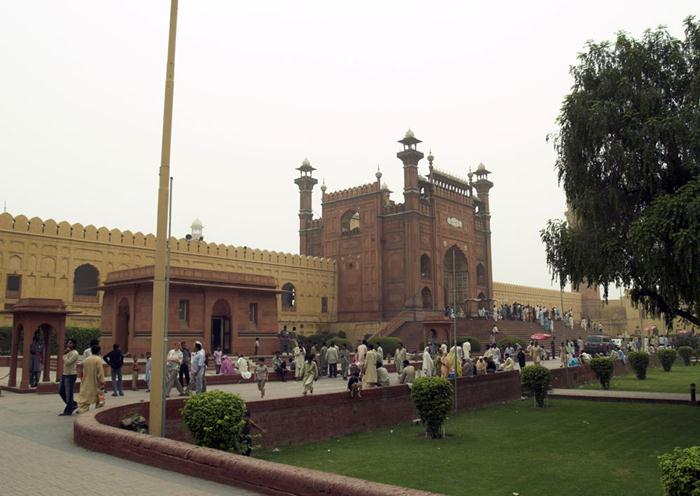
Sargodha has very rich agricultural land and a divisional headquarters. It includes khushab, mianwali, bhakar, and sargodhaitself. Aastan-i-Fazal, near 49 N.B (tail) is a best place to visit.Its a place in Sargodha where humanity is served in the way of ALLAH. tasuwuf, sufiezim and silsala-e-qadria.
Sargodha city is well developed city in terms of education and facilities. The literacy rate of sargodha city itself is very good. There are lot of good institution in sargodha e.g. "HIRA Poly Technical Institute" is the best institute of technology in Sargodha(informed by Nauman Bashir),army public college, Fazia model inter college, Punjab college, itm college,air base inter college and air base cadet college. The goverment college of sargodha now has been upgraded in sargodha university which offers number of undergraduate and postgraduate courses. Transportation in sargodha is much better than other nearest districts. The main entertainment in sargodha is cinemas and theatres. The main cinema of sargodha is Khayyam cinema which was first constructed by late Choudhary Zafar Ullah Khan in 1966 and is still owned by the same family.
Role of Sargodhians in 1965 Pakistan India War.
In 1966, Pakistan Government had awarded the citizens of Lahore, Sialkot And Sargodha for their braveness in the Indo-Pakistani War of 1965 which was started on 06.09.1965. when the Indian Army Troops suddenly attacked and break the Line of Control in the West Pakistan sector at near about 3.00 AM. The Indian Army Chief and high official announced that they would take dinner in Lahore Gymkhana Club. BBC announced this news in their news bulletins again and again. But all there dreams changed in to a dreadful dream, false and baseless when they cannot able to cross the BRB Canal with their utmost try till the end of the war. During this 17 days war, the character of Lahoris proved themselves as an undefeatable through their bravery.
In 1966, Pakistan Government had awarded the citizens of Lahore, Sialkot And Sargodha for their braveness in the Indo-Pakistani War of 1965 which was started on 06.09.1965. when the Indian Army Troops suddenly attacked and break the Line of Control in the West Pakistan sector at near about 3.00 AM. The Indian Army Chief and high official announced that they would take dinner in Lahore Gymkhana Club. BBC announced this news in their news bulletins again and again. But all there dreams changed in to a dreadful dream, false and baseless when they cannot able to cross the BRB Canal with their utmost try till the end of the war. During this 17 days war, the character of Lahoris proved themselves as an undefeatable through their bravery.
On 07.09.1965, the Indian Army attacked with over 1,000 armed Sherman tanks at Sialkot sector but all their dreams has been changed in to a dreadful dreams when the brave men from Pakistan Army laid down to tie the bombs on their chests and laid down in front of these tanks. It is called that this tank war was the second biggest war of tanks after 2nd World War. In the result, all most all the tanks were changed in to scrap. On the very same day, the Indian Air Force attacked the biggest air attack over Sargodha Air base with their latest Russian Mig which the had taken from the Soviet Union. But by the grace of Almighty Allah (God) once again helped the Pakistanis and most of their Russian Mig were totally damaged or fell down in an air fight. Seeing this braveness of the People of Lahore, Sialkot and Sargodha, the Government of Pakistan awarded the cities and citizens of Lahore, Sialkot and Sargodha with the flag name "HILAL-E-ISTAQLAL" which is one of the highest civilian award.
The citizens of Lahore, Sialkot and Sargodha played an important role in this war and helped Pakistan Army and Pakistan Air Force and Pakistan Navy with their full zeal and zest.
In the district of khushab most of its land is arid and is of two types, one is situated near a salt range, and the other one is thal.
In thal people cultivate gram( chana) on a large scale. Most people of khushab's thal rely on gram. Some land is occupied by saline water.
There are some lake type places where saline water is available throughout the whole year.and it is spoiling the land for years. Some of that palces are kaka, rangpur, and laghari.
Literacy rate in khushab is not low but not suffciant due to unavailability of schools and colleges. Most of the students travel daily for an hour or more to get in the college and same with high school.
Transportation is very poor.roads are damaged, specially muzafargarh road which leads to multan from jauharabad is not repaired and not modified for years.
Mianwali is the second district of the sargodha division and was developed in 1909.literacy rate is reasonable.
Bhakar is also desert area but it is developed and people use tubewells to water their land. But installing a tubewell is costly and a comman man can not afford it.literacy rate is reasonable.
But transportation facilties are not good. People are migrating towards well-off areas like jauharabad and other cities like sargodha.
Jhelum river runs between district khushab and sargodha.it also acts as a boundry line but is not more than a hindrance. People mostly have their relation across the river and crossing river is very teasing experiance.
Bridge is being demanded at jhelum river near jauhara kalan. Funds have been approved but no progress has yet been made.
Another problem that has made people' life uncertain is atomic energy plant atgiroot. it is causing environmental and aquatic pollution.
Plant is disposing off its wastes in river from chashma jhelujm link canal at sher garh
SAHIWL TOWN, is a very famous town and tehsil headquarter of sargodha disstt.
NEHANG is a beautiful town at sargodha jhang road 55 kilometers it is a big market for the people of rural areas here is the bigest grave of hazrat sakhi hayat almir 25 feet long at the top of a hill called punj peer which is almost 1000 years old....;Its also a big Grave yard its also called BHAHOOR.The town has very rich tallent of NAAT singing. The famous Naat khwan of TV and Radio SHAHZAD AKMAL SAIFI is also belongs that town.
Farooka is also nearest town of sargodha and is directly linked with sargodha. its about 50Km from sargodha. most of the people work in big cities (ie karachi, lahore, islamabad, etc) and contribute in the development of the country. but basicly its an agriculture town producing weat, sugar cane, rice, oranges and many other.
chishtia sugar mills pvt limited is one of the biggest sugar mills of punjab contributing to resolve the sugar crisess in pakistan.
chishtia sugar mills pvt limited is one of the biggest sugar mills of punjab contributing to resolve the sugar crisess in pakistan.
City of passionates:
In sargodha people enjoy life and all the good things that comes with a challenges...
























+-+c1890's.jpg)


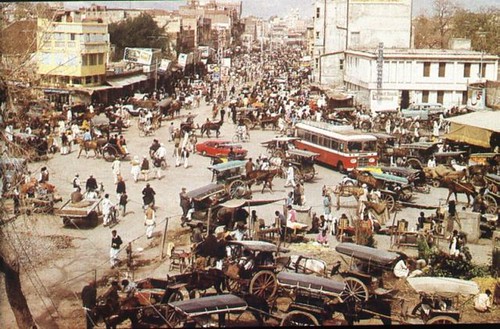
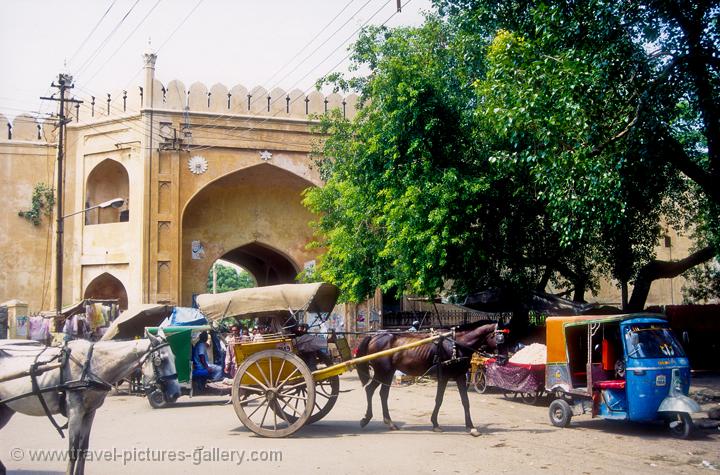


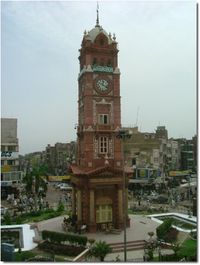




com.jpg)


